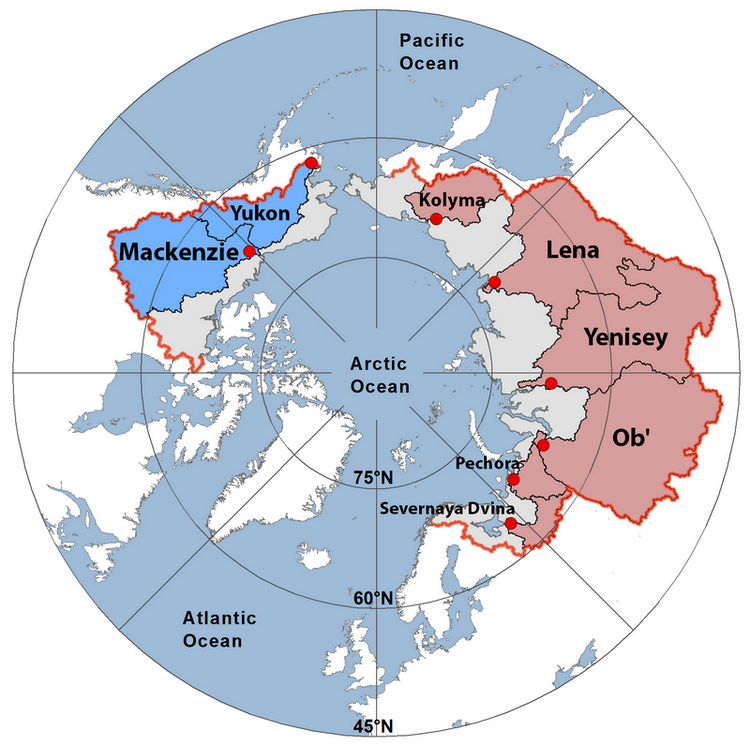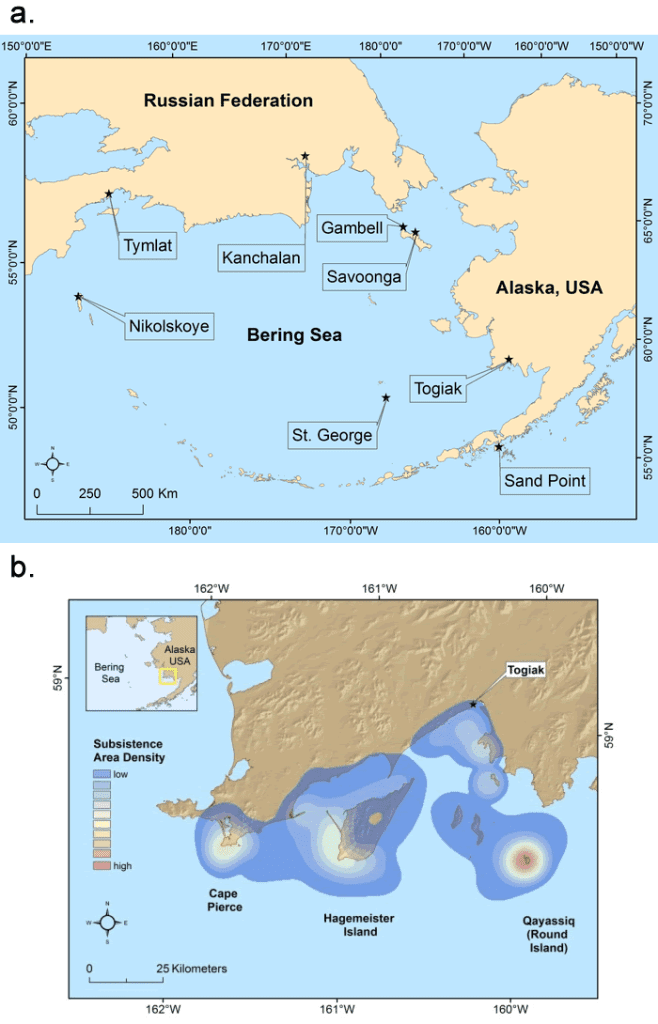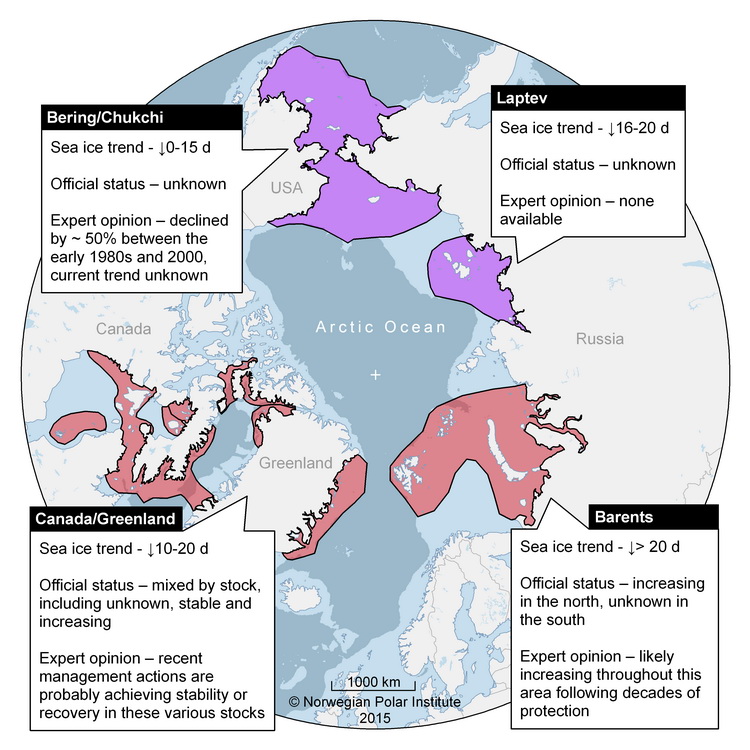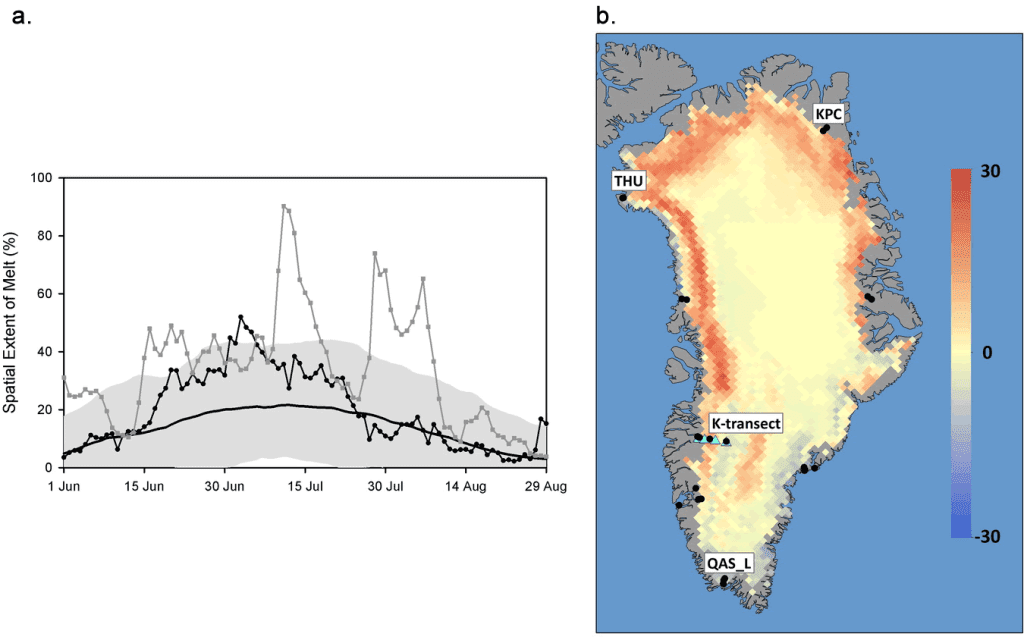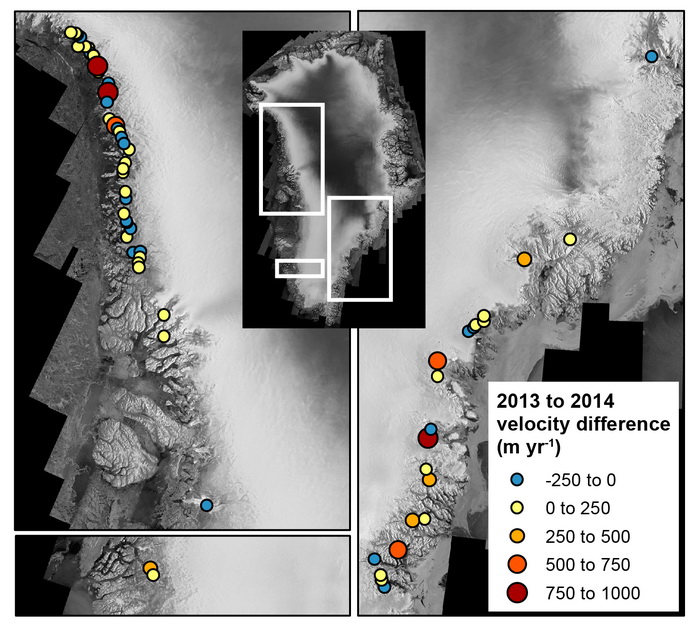Why is the Arctic So Sensitive to Climate Change and Why Do We Care?
That the Arctic should be especially sensitive to climate change was recognized in the 19th century. The primary reason for this sensitivity is that an initial warming (or cooling) sets in motion a chain of events that amplify the warming or cooling. This chain of events is known as the albedo feedback. Albedo is a measure of how white, or reflective, a surface is.
Why is the Arctic So Sensitive to Climate Change and Why Do We Care? Read More »

